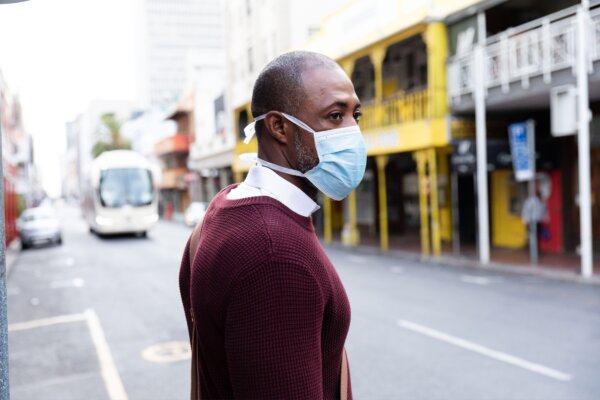
Research indicates that face masks, particularly surgical masks and FFP2s, contain and release chemical compounds that could potentially pose health risks to individuals. These masks, made of synthetic fibers, have raised concerns about the inhalation of these chemical compounds and their effects on human health.
Disposable face masks, including those recommended by health officials during the COVID-19 pandemic, are composed of synthetic fibers that may contain chemical compounds. The release of these compounds from face masks has led to questions about the safety of prolonged mask-wearing and potential health implications.
Studies have shown that face masks can release microplastic particles and microfibers, with surgical masks releasing a significant amount of microfibers in a short period of time. This information was published in a review in the journal Ecotoxicology and Environmental Safety in April 2024, based on research conducted by German and Swiss scientists.
The researchers discovered that a high percentage of masks release alarming levels of micro- and nanoplastics, exceeding safety limits for humans. The compounds released include volatile organic compounds, xylene, per- and polyfluoroalkyl substances, phthalates, heavy metals, and titanium dioxide.
A recent study published in the journal Nature highlighted the excessive exposure to titanium dioxide (TiO2) from various face masks, raising concerns about potential carcinogenic effects on human health. The latest research, “Comprehensive Risk Assessment of the Inhalation of Plasticizers From the Use of Face Masks,” evaluated different types of masks for the presence and release of plasticizers.
The study found that surgical masks and FFP2s had high plasticizer release rates, indicating a potential risk to individuals. These masks are primarily made of synthetic materials like polypropylene, polystyrene, and polyester, with additives such as phthalates and organophosphate esters to enhance flexibility and flame retardancy.
During simulated mask use, researchers observed varying release rates of plasticizers from different mask types, with surgical masks and FFP2s showing the highest release rates. The study emphasized the need to consider the overall exposure to plasticizers from various sources, including face masks, in assessing health risks.
Plasticizers present in face masks pose a potential risk to human health, especially for vulnerable groups like children and pregnant women. These compounds have been linked to adverse health effects, including genotoxicity, immunotoxicity, and teratogenicity, raising concerns about their impact on fertility and future generations.





